Travelling by bus is a frustrating experience for people on wheelchairs because of the lack of allied infrastructure as well as insensitivity of the bus staff.
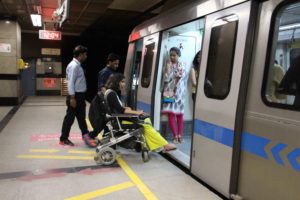
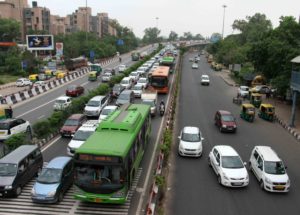

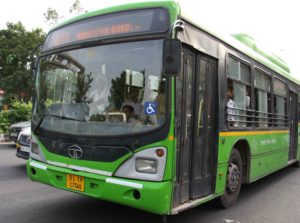
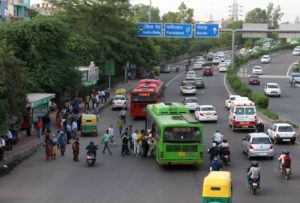
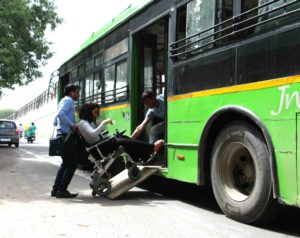



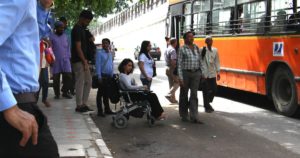
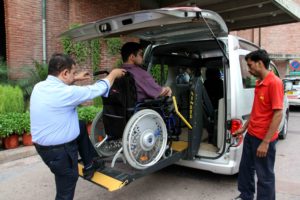
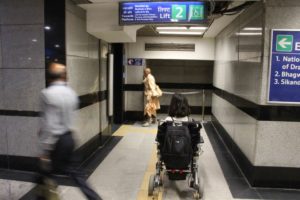
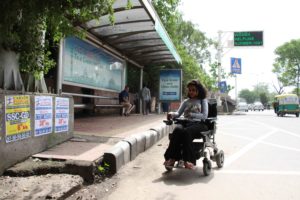

Public transport in the national Capital has come a long way since Red Line and Blue Line referred to the fleet of buses that served the city, and not to the Delhi Metro. Since then, using public transport to travel around the National Capital Region is something that many of the city’s residents take for granted.
But what about people with disabilities? For instance, can a wheelchair user commute independently in the city?
Several wheelchair users in the city said that public transport options for them are limited. They say while it was possible for them to access the Delhi Metro, it was challenging and frustrating to take buses, especially for that crucial last-mile connectivity. They say taxis are not equipped to cater to wheelchair users either.
‘Ignored at the bus stop’
Preeti Singh, a 24-year-old who suffers from Cerebral Palsy, a congenital disorder that has left her wheelchair-bound, lives in South Delhi’s Munirka and commutes every day to central Delhi’s Barakhamba Road using a combination of public transport services like the bus and the Delhi Metro. She is studying for the Common Admission Test or CAT for admission into the Indian Institutes of Management.
Singh says her commute is not easy. She often has to wait for long periods at the bus stop for a bus she can board. This is not because buses do not ply on her route, but because most buses are either inaccessible to her, or the staff of low-floor accessible buses ignore her at the bus stop.
“I regularly use DTC [Delhi Transport Corporation] buses for my commute, but it often involves arguing with the conductor to get on board,” said Singh. “The moment they see a wheelchair at the bus stand, they do not stop.”
Delhi Transport Corporation, the city’s main public transport operator, plies over 3,600 low-floor buses out of its total fleet of 5,600 buses. The low-floor buses are meant to be wheelchair friendly but several of them remain inaccessible to wheelchair users because of factors such as the lack of functional ramps at bus stands, inaccessible pavements, as well as the lack of awareness of the bus staff towards the requirements of wheelchair users and also their insensitivity.
“I think it is the duty of every state government to ensure that public transport is accessible,” said Malhotra who runs an NGO called Wheels For Life, a platform dedicated to empowering persons with disabilities. “There is a huge population who are disabled. So we cannot segregate and totally ignore a population. We need to ensure that they are mainstreamed, and providing accessible transport is the first move in that direction.”
He says that even private taxi services such as Uber and Ola must offer wheelchair-friendly cars.
“Accessibility need to be prioritised from the top,” said Malhotra. “Sensitivity needs to come in and people with disabilities need to be taken into the decision-making process.”


